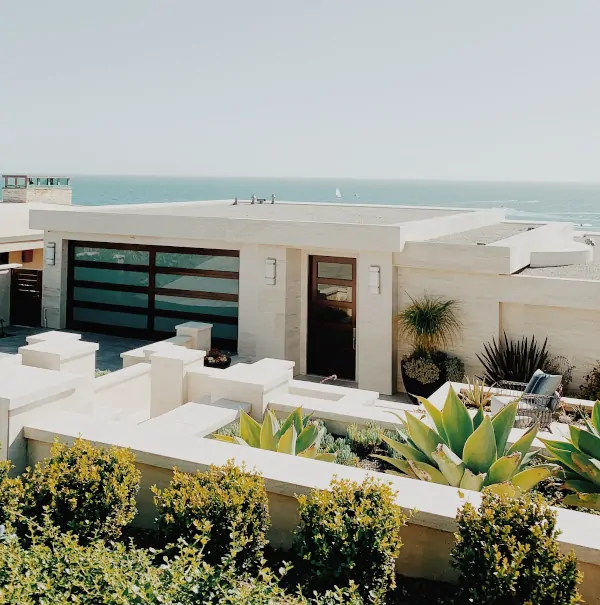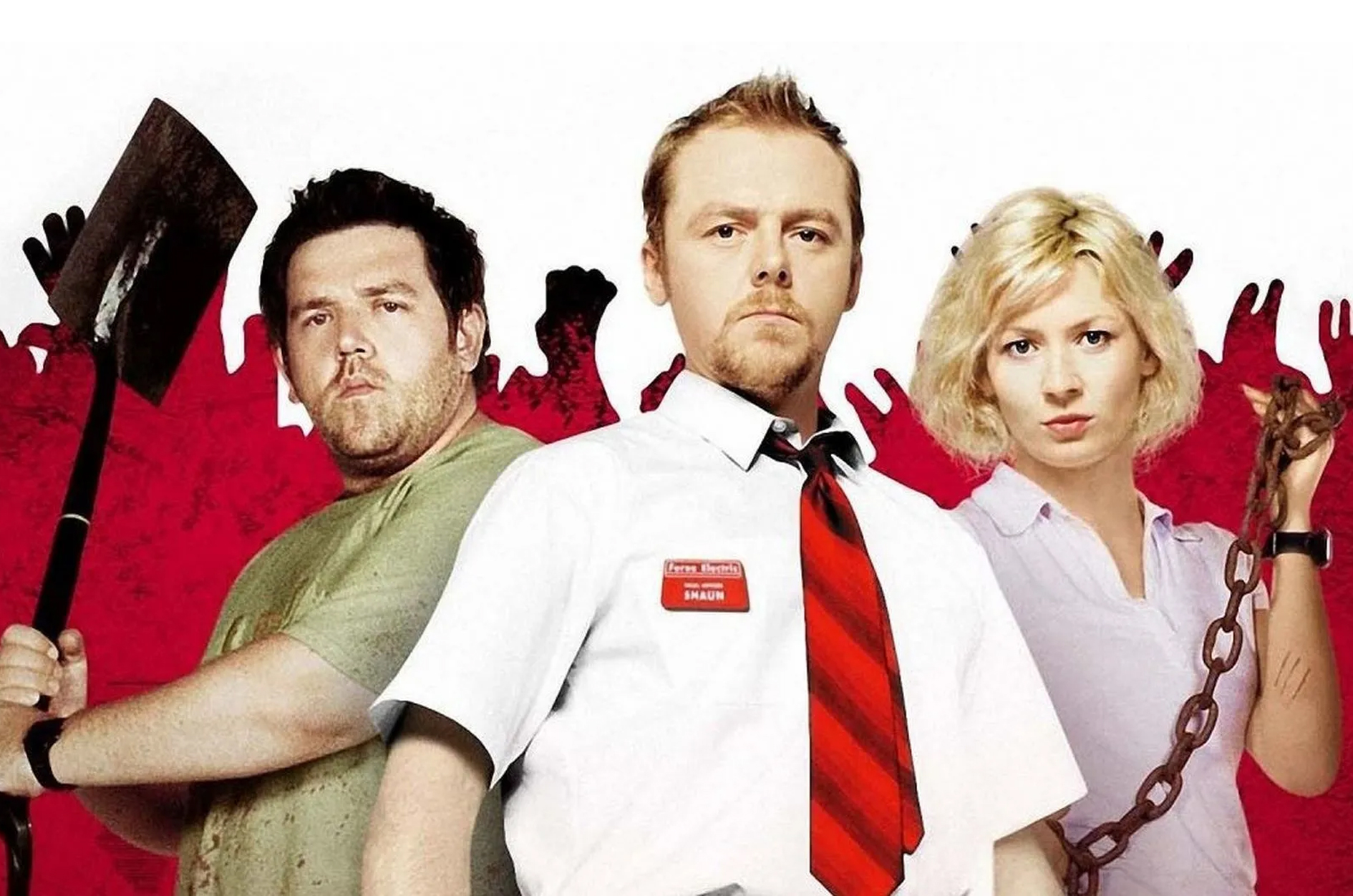Every movie will outgrow its source material in time. Like all art, movies get on in years while their characters, themes, aesthetics, and politics stay in creative stasis. But that inexorable age gap is a feature of cinema, not a bug, and it’s certainly not an excuse to write off yesteryear’s movies for the sin of their outdated and unfashionable optics. Movies are time capsules. We’re privileged to have the long view they afford us on bygone years, periods we weren’t alive for, and cultures we don’t belong to. On the other hand, there are movies like Shaun of the Dead, where any culture is smothered by fear and loafing.
Now 20 years old, Wright’s sophomore feature remains fresh enough to appear recognizably contemporary for Gen Z whippersnappers. For Gen Xers and especially millennials, though, the film holds a certain generation-bridging power. Millennials are a cherished punchline for boomers, the hyper-competitive keeping-up-with-the-Joneses types who tactically neglect to mention that they raised them. But when Shaun of the Dead opened in theaters stateside, those unjustly mocked babies of the 1980s got a snapshot of Gen X stuck in a holding pattern: They made a living, but they didn’t have lives. Turns out Peter Pan syndrome isn’t just a millennial condition. Checkmate, boomers!
A Timeless Anti-Hero
Shaun of the Dead has aged especially well due to that cross-generational appeal. After two decades, watching Shaun (Simon Pegg) shrug off the mantle of adulthood with his roommate and best friend, Ed (Nick Frost), is comically exasperating. Shaun wakes up in the film’s opening scene, shuffles to the couch, plonks his butt down next to Ed, and grabs a controller to play a round of video games. “Haven’t you got work?” Ed asks. Shaun, dejected, drops the controller, hauls himself back to his feet, and gets ready for a shift at the local electronics store in one of Wright’s staple crash-zoom quick-cut montages. Gen Xers are pushing toward their sixties. The oldest millennials sit comfortably in their early forties, and the ones born in the 1990s are around Shaun’s age in the film. Shaun reflects the defining stereotypes boomers saddled the first and second camps with, and functions as a lesson in how not to spend your twenties for the third camp. In his unambitious glory, Shaun is timeless.
Of course, he grows up in the end. A zombie apocalypse will fast-track the most inveterate slackers into adulthood, and even Shaun can’t dick off and shirk responsibility forever. If Shaun of the Dead’s plot captures the stubborn juvenility of two whole generations, then its ending feels like a motivational moment for the horror genre. This is a film about a man who resists growing up. At the same time, it’s the film that helped horror grow out of the 2000s into the 2010s, and in doing so, influenced a future class of genre directors.
Shaun of the Dead showed up in a fluctuating moment for horror, which hadn’t fully adjusted to a post-Scream culture where its rules had been given an explicit articulation by Wes Craven and Kevin Williamson. No prevailing subgenre emerged after the turn of the century. Even in the mid-2000s, when Saw sparked a wave of riffs and knock-offs in the “torture porn” niche, no single sensibility exerted enough force to give horror a unified identity. Folks still made slashers (Wrong Turn), however inadvisable that choice was at the time, arthouse tales (They Came Back), and creature features (Eight Legged Freaks); the J-horror wave hit its peak; legacy icons resurfaced intermittently (Seed of Chucky), as they always do, though in some cases those movies turned out to be a “one last hurrah” picture (Jason X). The 2000s were a bizarre smorgasbord for horror, which is saying something given that for all intents and purposes, the genre is a smorgasbord by definition.

‘Shaun of the Dead’ has aged especially well due to that cross-generational appeal.
A Smorgasbord of Blood
Wright had the gift of opportunity with Shaun of the Dead. Because the month had no flavor, his film enjoyed greater distinction from its peers, whether they belonged to the zombie genre, which experienced a lull through the mid-2000s, or not. Dawn of the Dead ’04 is Zack Snyder’s best film to date. It’s also a completely different monster than Shaun of the Dead, which feels a little like an undersell. Regardless, the gap separating Snyder’s approach to zombie horror from Wright’s further distinguished Shaun of the Dead in the 2000s horror salad bar, the cherry tomatoes to Dawn’s roasted beets.
Grant that the horror pickins were slim in 2004, but even in a very good year, Shaun of the Dead would still read as fresh as it did 20 years ago. The movie found a following right away, from the critics singing its hosannas to the crowds that made it a commercial success; they made up for the modest numbers with sheer enthusiasm. On the other hand, the movie industry, and broader horror culture, took time to respond to Wright’s energy and cheeky disposition. Saw made a bigger splash at the box office on a far smaller budget, fueled by titillating, gory excess. (While the James Wan of 2024 is nonstop, the James Wan of 2004 had room for improvement.) In retrospect, Saw feels anonymously directed. It’s a blank, bloody slate, much easier to replicate than Shaun of the Dead, and so began the era’s torture porn fixation, comprising a seemingly endless list of Saw sequels, the Hostel films, Captivity, Turistas, Trailer Park of Terror, Grotesque, and The Human Centipede, among others.
The first truly post-Shaun of the Dead zombie movie quietly shuffled into theaters in 2006: Andrew Currie’s Fido. On paper, they don’t look alike. Fido is set in a dystopian 1950s alternate reality, where the living use high-tech collars to control the undead and exploit them as workhorses. But both movies put their finger on the pulse of a societal malaise, reimagining our relationship to zombies as a vehicle for commentary. If that wasn’t to one’s liking, then Special Dead, where ghouls attack a group of intellectually disabled campers, may have sufficed as an alternative. Dance of the Dead came along in 2008, and was followed by 2009’s Zombieland, adding two more spiritual cousins to Shaun’s family tree before its most direct successor arrived in 2010: Alejandro Brugués’ superb Juan of the Dead, where a good-for-nothing layabout takes advantage of a zombie outbreak by going into business as a zombie exterminator.
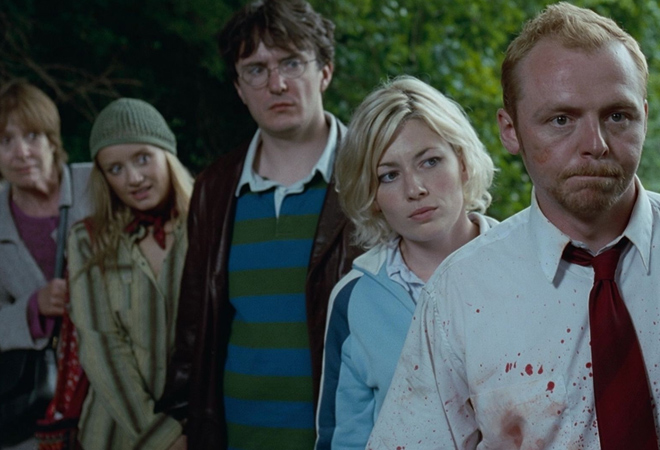
‘Shaun of the Dead’ showed up in a fluctuating moment for horror, which hadn’t fully adjusted to a post-‘Scream’ culture.
An Undying Legacy
You’d expect an explosion of Shaun clones around this time, but that never happened. It didn’t need to, for one thing. Shaun of the Dead became an idol of geek worship; Wright forged ahead with his Three Flavours Cornetto trilogy with 2007’s Hot Fuzz and 2013’s The World’s End. Wright’s auteur status made straight-up copying his work a challenge, and so for the most part, movies “inspired” by Shaun of the Dead bear his fingerprints without his touch. The Cured, Little Monsters, It Stains the Sand Red, Cooties, Last of the Living, Anna and the Apocalypse, and Eat, Brains, Love each connect so clearly to Shaun of the Dead in one area or another, whether motifs or characters, that imagining them without Wright’s influence is impossible.
It’s a testament to Shaun of the Dead’s longevity that many of these productions came out after The Walking Dead franchise sucked all of the oxygen out of zombie stories—one pop-culture phenomenon cleaning a mess made by another. And Shaun of the Dead truly was, and still is, a phenomenon. The rise of zombies in Asian media, from Train to Busan to All of Us Are Dead, I Am a Hero to Zom 100: Bucket List of the Dead, likely has roots in other inspirations. Shaun of the Dead didn’t get a theatrical release in Japan, for instance, until 2019. Curiously enough, the film attained cult status there all the same. The evidence? A statue at the Hakone Open-Air Museum, erected in tribute to Shaun’s legacy. Now that’s what being a cult movie is all about.
More Entertainment
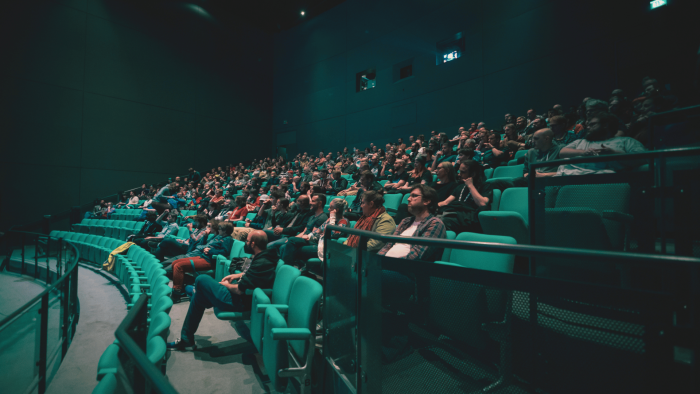
5 Picks From the 2025 Film Festival Season, Based on Movies You Already Love
I survived festival season. These are the films I haven't stopped thinking about since.

The Best 2025 Horror Blu-ray Releases For Halloween
Because this genre belongs in physical form.
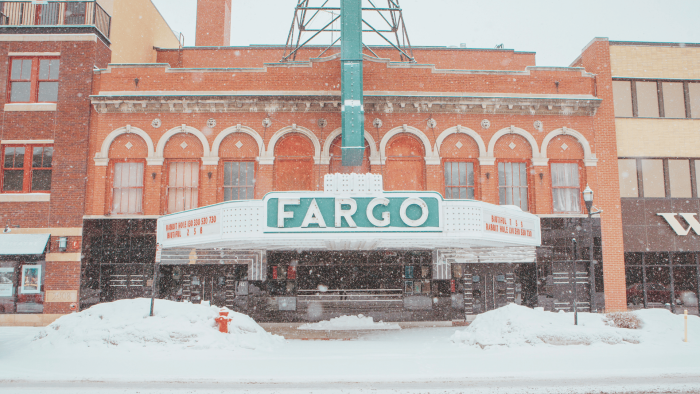
4 Shows to Binge If You Liked Fargo
The movie or the show or both.
